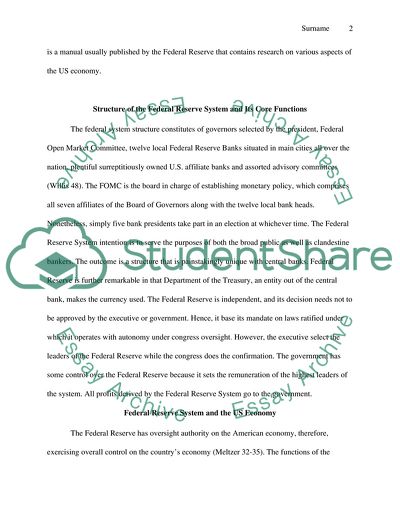Cite this document
(The federal reserve controls the american economy Term Paper, n.d.)
The federal reserve controls the american economy Term Paper. https://studentshare.org/macro-microeconomics/1774785-the-federal-reserve-controls-the-american-economy
The federal reserve controls the american economy Term Paper. https://studentshare.org/macro-microeconomics/1774785-the-federal-reserve-controls-the-american-economy
(The Federal Reserve Controls the American Economy Term Paper)
The Federal Reserve Controls the American Economy Term Paper. https://studentshare.org/macro-microeconomics/1774785-the-federal-reserve-controls-the-american-economy.
The Federal Reserve Controls the American Economy Term Paper. https://studentshare.org/macro-microeconomics/1774785-the-federal-reserve-controls-the-american-economy.
“The Federal Reserve Controls the American Economy Term Paper”. https://studentshare.org/macro-microeconomics/1774785-the-federal-reserve-controls-the-american-economy.


